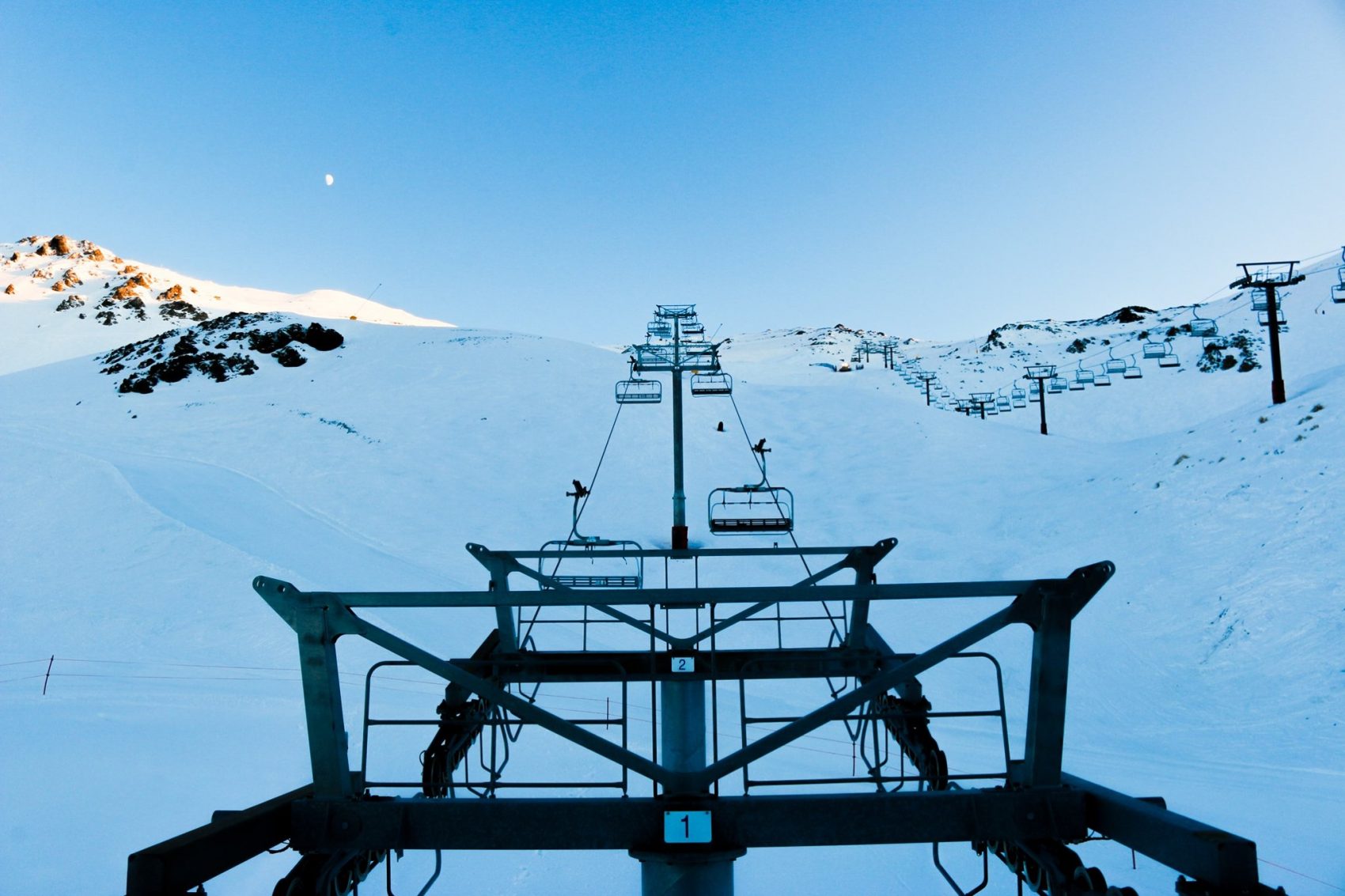
New Zealand was COVID-free for 102 days. That was, until four new cases of the deadly respiratory illness were reported this week in Auckland, prompting several ski areas to close so that they can prepare to operate under Level 2 COVID restrictions.
New Zealand Prime Minister Jacinda Ardern said Tuesday that Auckland will return to Level 3 COVID restrictions after four cases of community transmission were discovered in South Auckland and that the rest of the country — including ski areas on both the North and South islands — would be placed under Level 2 restrictions.
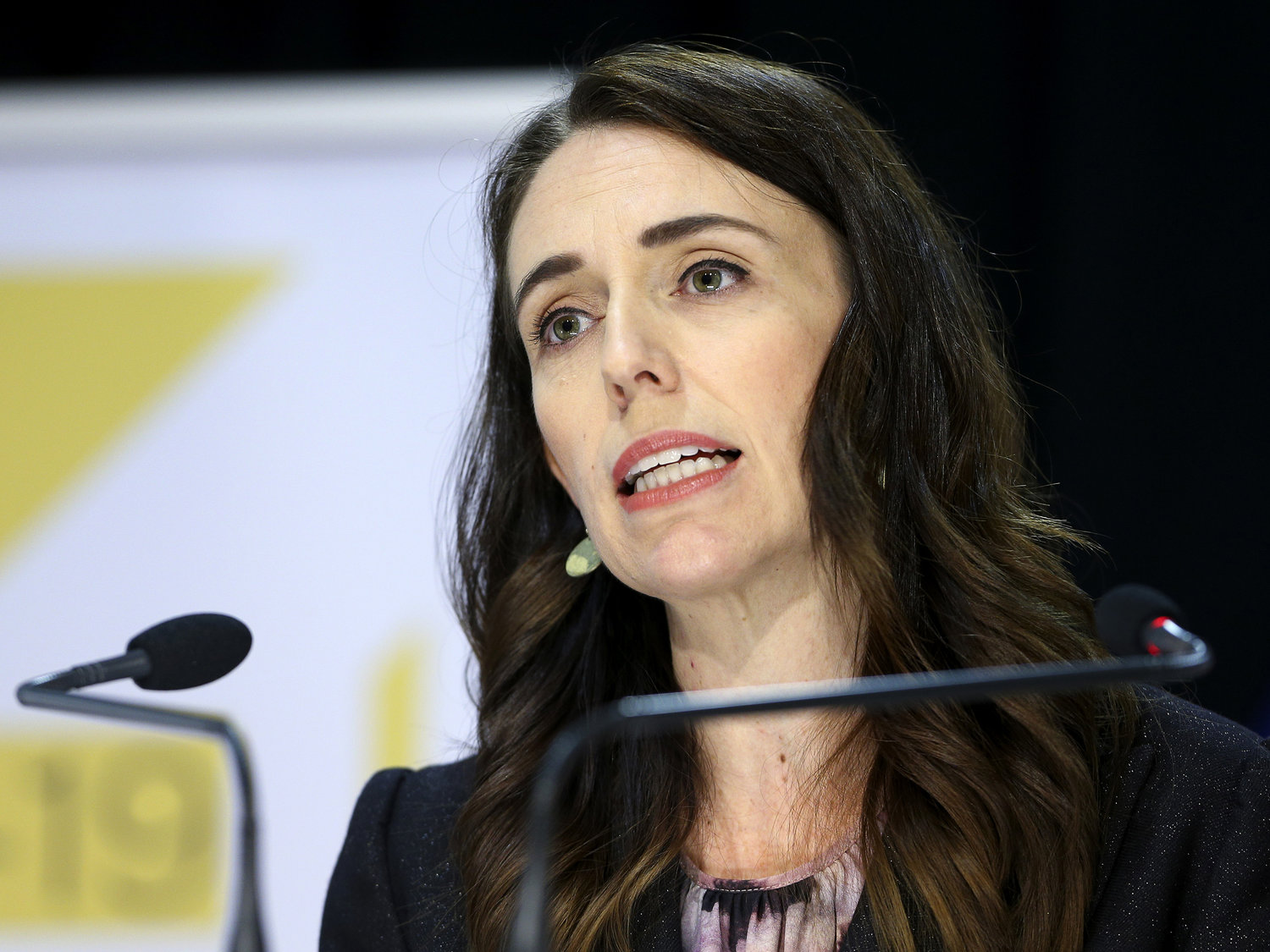
The restrictions will be in place for 72 hours until midnight Friday when they are reassessed.
“These three days will give us time to assess the situation, gather information, make sure we have widespread contact tracing so we can find out more about how this case arose and make decisions about how to respond to it once we have further information,” Ardern said at an unplanned news conference late Tuesday.
What does this mean for ski areas?
Two resorts on New Zealand’s South Island, Cardona Alpine Resort and Treble Cone Ski Area, already said that they will close tomorrow, Wednesday, August 12, while “we coordinate our response to a Level 2 environment.”
Additional South Island resorts Mt Hutt and Coronet Peak are also closing tomorrow while resort staff get trained on Level 2 operational procedures. The Remarkables will remain open as they are only open on weekends at this time.
Meanwhile, ski areas on the North Island’s Mt Ruapehu will remain open tomorrow with Level 2 protocols.
New Zealand’s alert level system explained
Alert Level 1 — Prepare
The disease is contained in New Zealand.
Risk assessment
- COVID-19 is uncontrolled overseas.
- Isolated household transmission could be occurring in New Zealand.
Range of measures that can be applied locally or nationally
- Border entry measures to minimize risk of importing COVID-19 cases.
- Intensive testing for COVID-19.
- Rapid contact tracing of any positive case.
- Self-isolation and quarantine required.
- Schools and workplaces open and must operate safely.
- No restrictions on personal movement but people are encouraged to maintain a record of where they have been.
- No restrictions on gatherings but organizers encouraged to maintain records to enable contact tracing.
- Stay home if you’re sick, report flu-like symptoms.
- Wash and dry your hands, cough into your elbow, don’t touch your face.
- No restrictions on domestic transport — avoid public transport or travel if you’re sick.
- No restrictions on workplaces or services but they are encouraged to maintain records to enable contact tracing.
Alert Level 2 — Reduce
The disease is contained, but the risk of community transmission remains.
Risk assessment
- Household transmission could be occurring.
- Single or isolated cluster outbreaks.
Range of measures that can be applied locally or nationally
- People can reconnect with friends and family, and socialise in groups of up to 100, go shopping or travel domestically if following public health guidance.
- Keep physical distancing of 2 metres from people you don’t know when out in public or in retail stores. Keep 1-metre physical distancing in controlled environments like workplaces, where practical.
- No more than 100 people at gatherings, including weddings, birthdays, funerals and tangihanga.
- Businesses can open to the public if following public health guidance including physical distancing and record keeping. Alternative ways of working are encouraged where possible.
- Hospitality businesses must keep groups of customers separated, seated and served by a single person.
- Maximum of 100 people at a time in a defined space.
- Sport and recreation activities are allowed, subject to conditions on gatherings, record keeping, and physical distancing where practical.
- Public venues such as museums, libraries and pools can open if they comply with public health measures and ensure 1-metre physical distancing and record keeping.
- Event facilities, including cinemas, stadiums, concert venues and casinos can have more than 100 people at a time, provided there are no more than 100 in a defined space, and the groups do not mix.
- Health and disability care services operate as normally as possible.
- It is safe to send your children to schools, early learning services and tertiary education. There will be appropriate measures in place.
- People at higher risk of severe illness from COVID-19, for example, those with underlying medical conditions, especially if not well-controlled, and older people, are encouraged to take additional precautions when leaving home. They may work if they agree with their employer that they can do so safely.
Alert Level 3 — Restrict
High risk the disease is not contained.
Risk assessment
- Community transmission might be happening.
- New clusters may emerge but can be controlled through testing and contact tracing.
Range of measures that can be applied locally or nationally
- People instructed to stay home in their bubble other than for essential personal movement — including to go to work, school if they have to or for local recreation.
- Physical distancing of 2 metres outside home including on public transport, or 1 metre in controlled environments like schools and workplaces.
- Bubbles must stay within their immediate household bubble but can expand this to reconnect with close family/whānau, or bring in caregivers or support isolated people. This extended bubble should remain exclusive.
- Schools between years 1 to 10 and Early Childhood Education centres can safely open but will have limited capacity. Children should learn at home if possible.
- People must work from home unless that is not possible.
- Businesses can open premises, but cannot physically interact with customers.
- Low-risk local recreation activities are allowed.
- Public venues are closed. This includes libraries, museums, cinemas, food courts, gyms, pools, playgrounds, markets.
- Gatherings of up to 10 people are allowed but only for wedding services, funerals and tangihanga. Physical distancing and public health measures must be maintained.
- Healthcare services use virtual, non-contact consultations where possible.
- Inter-regional travel is highly limited to, for example, essential workers, with limited exemptions for others.
- People at high risk of severe illness such as older people and those with existing medical conditions are encouraged to stay at home where possible, and take additional precautions when leaving home. They may choose to work.
Alert Level 4 — Lockdown
Likely that disease is not contained.
Risk assessment
- Community transmission is occurring.
- Widespread outbreaks and new clusters.
Range of measures that can be applied locally or nationally
- People instructed to stay at home in their bubble other than for essential personal movement.
- Safe recreational activity is allowed in the local area.
- Travel is severely limited.
- All gatherings cancelled and all public venues closed.
- Businesses closed except for essential services, such as supermarkets, pharmacies, clinics, petrol stations and lifeline utilities.
- Educational facilities closed.
- Rationing of supplies and requisitioning of facilities possible.
- Reprioritisation of healthcare services.
Alert level information gathered from covid19.govt.nz

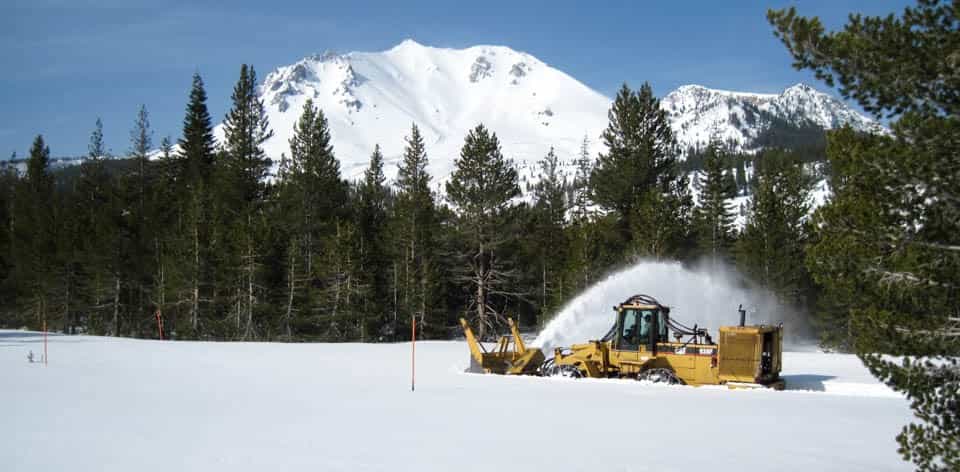
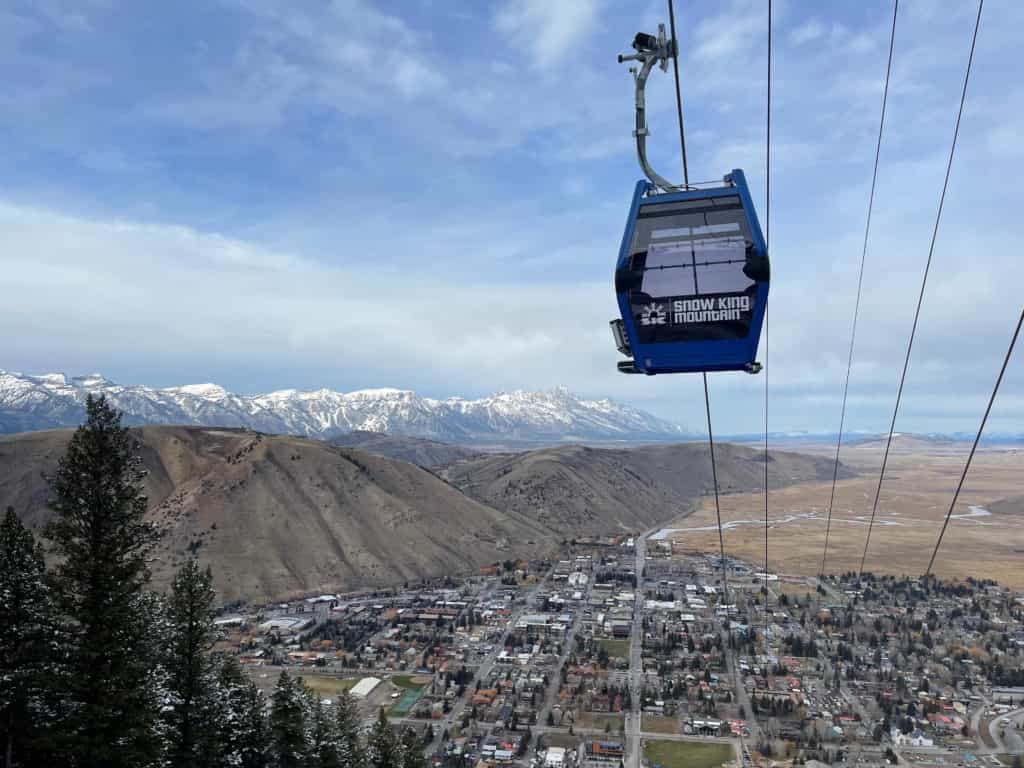
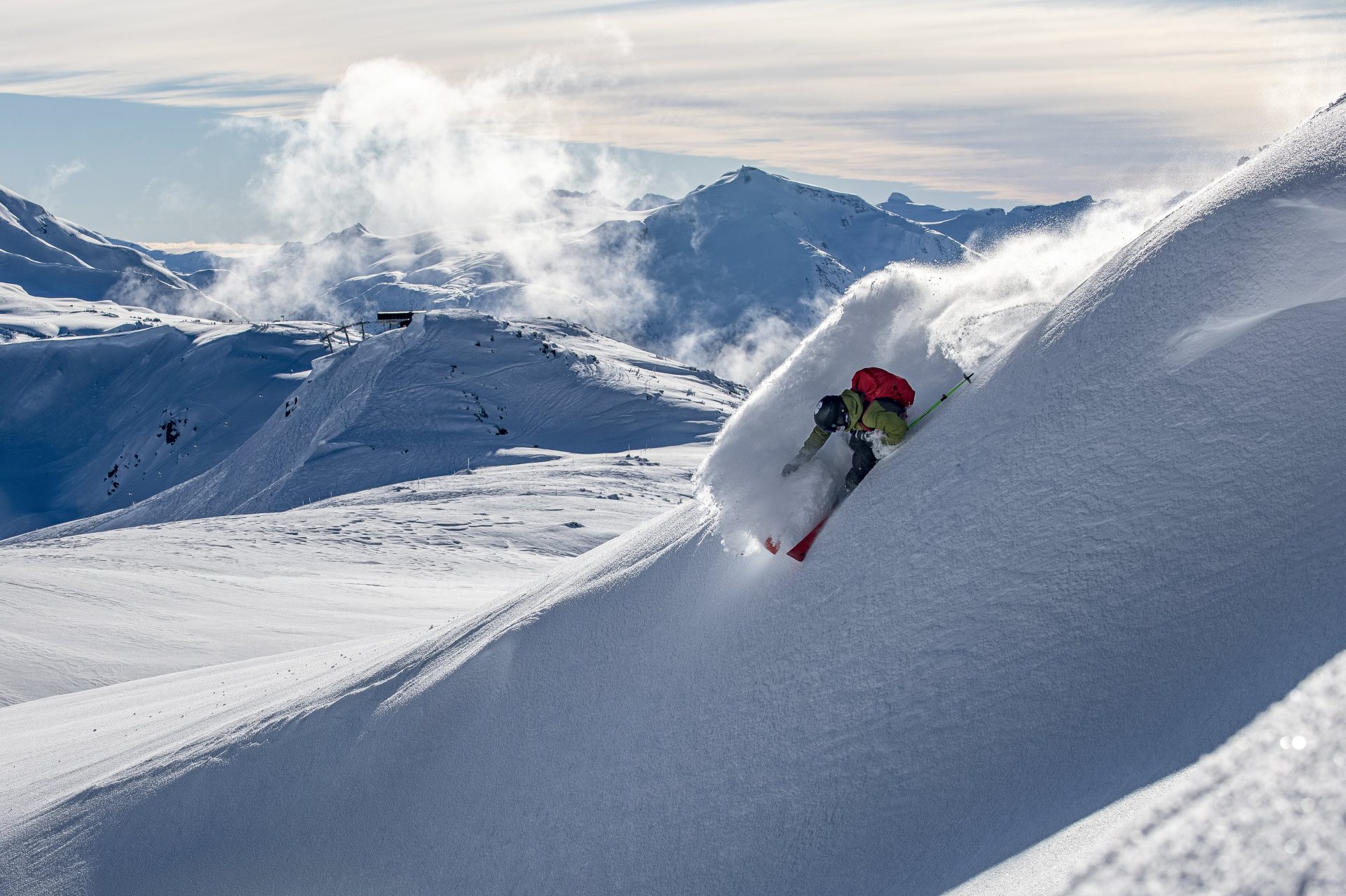
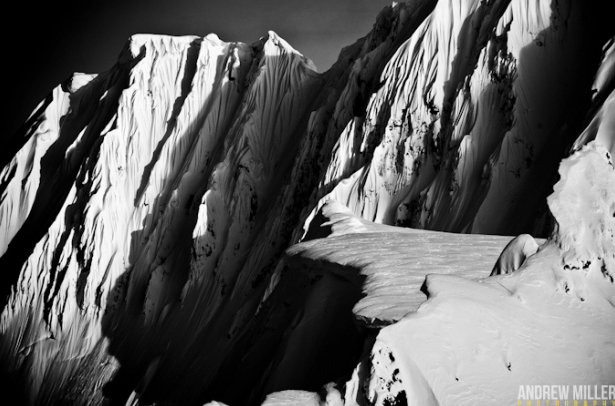
The United States needs to adopt New Zealand’s Covid 19 protocols for preventing the spread of the virus.
All a hoax remember?
NZ was one of the most proactive countries during this serious pandemic.
Yet US ski areas, even snowbrains been saying buy your pass buy your pass. Haha and yall think US ski areas gonna be immune from mass closures this upcoming season?
Pluuu-eese
Good luck w all that tRump voters or not, this is far from over and far from affecting millions more.